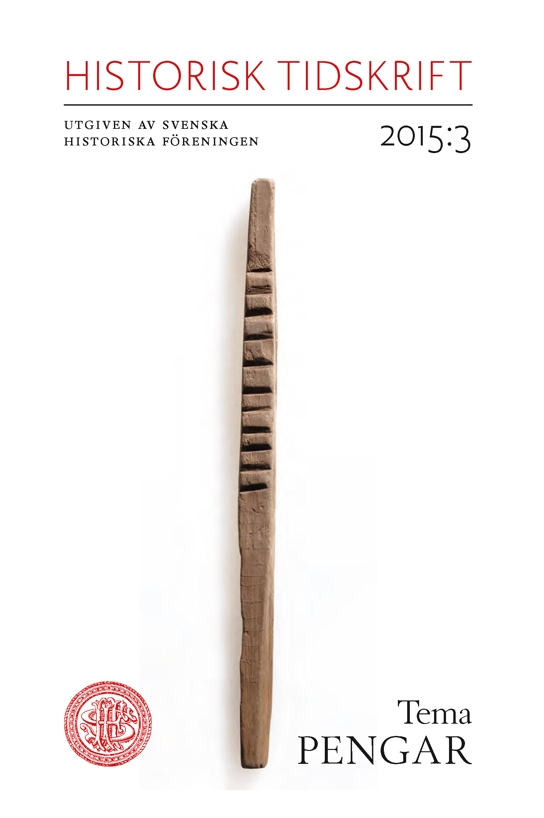Abstract
The early formal Swedish monetary system: The purpose of this essay is to analyze the rise of the formal Swedish monetary system after the Viking Age coinage in the town of Sigtuna 995–1030.
The essay shows that monetization is related to state formation. With the rise of the monetary economy, there appeared a difference between ”mark penningar”, which was a monetary unit of account, and ”mark silver”, which was a weight measure for silver. The silver content of the silver mark, however, varied across regions and over time. The monetary system was based on silver, and the coins functioned as commodity money. The difference between mark penningar and mark silver reflected the hybrid nature of commodity money, as both commodity and money. Over time the value difference between mark penningar and mark silver became quite significant. Earlier research has speculated that mark penningar was originally the same as mark silver. However, we argue that this was probably not the case when minting started again in the mid-12th century.
One of the earliest signs of the emergence of a monetary economy is that coins begin to be counted rather than weighed. Only then do coins fulfil their function as carriers of a unit of account. The article shows that a crucial juncture occurred during the second half of the 13th century, when payments as recorded in extant sources began to be made mainly in mark penningar instead of mark silver.
The monetary system in Sweden during the subsequent centuries was very complex, and became even more so due to the different regional systems of account. Although the monetary systems in Svealand and Götaland were united in the 14th century, in the 15th century there was a return to regional counting systems. We show that this regionalization arose in the early 15th century due to the debasement of the Gotlandic coins that circulated in Götaland. It was not until the 16th century that Götaland definitively adopted the Swedish counting system, which in turn reflected the centralization of Swedish state power.
With the rise of a monetary economy, coins circulated at face value instead of at their specie value. This gave the king the possibility to raise seignorage. The hybrid nature of commodity money periodically gave rise to debasement and inflation, although the debasement was hidden behind the rising purchasing power of silver during the 14th and 15th centuries. Especially during crisis periods, such as after the Black Death and in the early 1520s, coins were dramatically debased.

